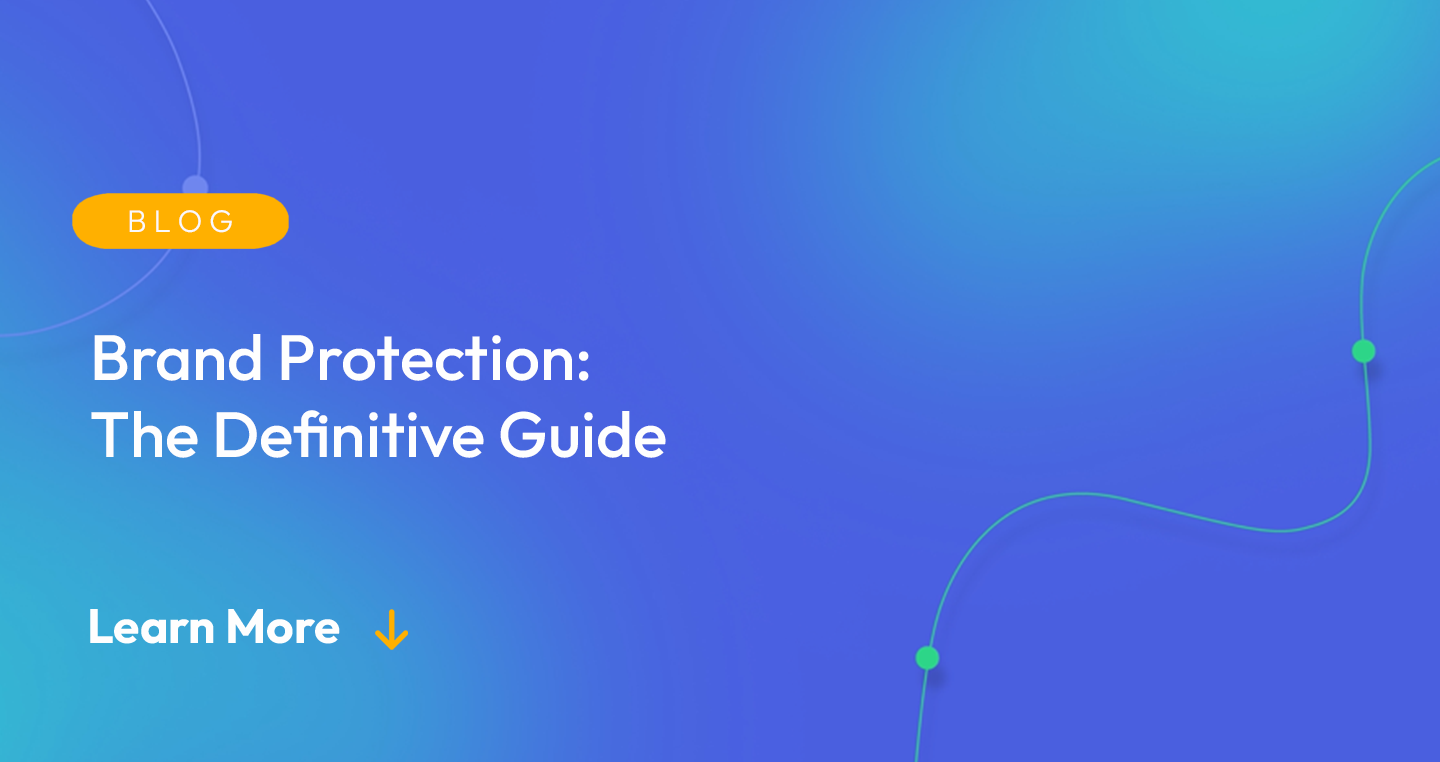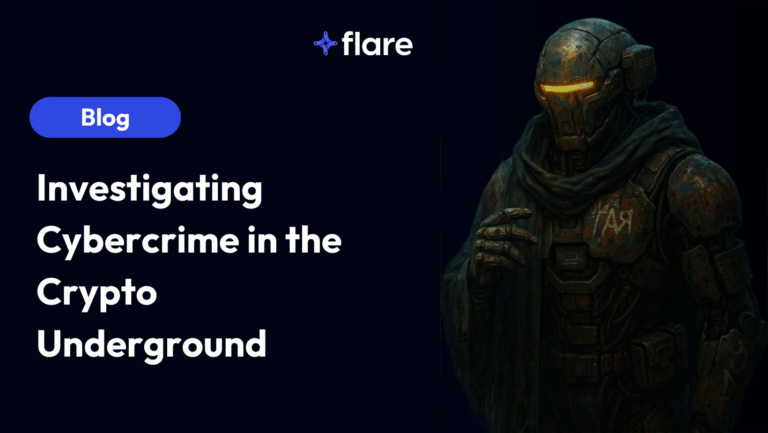
Your brand is one of the most vital aspects of your business. It’s how consumers and other prospects identify you within your respective industry. Nowadays, many businesses are faced with a greater risk of brand and reputational damage due to increased cybersecurity threats. In today’s digital age, cybercriminals have leveraged notable brand names in order to trick consumers out of their information and money. This leads to more businesses needing to further protect their brand and reputation from these threats.
Enlisting brand protection for your business can be an effective way to mitigate reputation damages caused by cybercriminals using your brand to deceive consumers. Taking action to safeguard your brand, along with your consumer base, involves ensuring that you have protective measures in place to help prevent these attacks.
Cybercrime threats are increasing every day, which makes protecting your brand from them more prevalent than ever before. In this article, we’ll cover what brand protection is, why it’s important, examples of threats brands face, and how you can safeguard your business from cybersecurity issues efficiently.
What is Brand Protection?
Brand protection is often associated with protecting your intellectual property and other identity assets from being used without consent. Brand protection from a cybersecurity viewpoint takes those components and combines them with the process of defending your company’s brand and reputation from cyber threats. It can also reduce intellectual property theft and trade secrets shared by competitors or other malicious actors in order to cause your consumers and brand damage.
Brand protection provides a strategic approach to safeguarding your business reputation and infrastructure. It focuses on proactively monitoring and protecting your brand from issues such as online brand misuse, phishing, and counterfeit websites. Protecting your brand can be an integral part of your security posture, ensuring the technology, policies, and practices of your company’s online presence and intellectual property are protected.
Why is Brand Protection Important?
When it comes to cybersecurity threats, brand protection can be highly valuable to businesses. The more your business grows, the greater your cyber threat risks can also increase. Many cybercriminals can use tactics that directly attack your business systems and your consumer base. This is because most consumers are online these days, and scammers know this.
Often the goal of these attack methods, such as phishing and domain spoofing, is to trick consumers into spending their money on a fraudulent site rather than your website. This can lead to reputational damage, trust with your consumers, loss of revenue, and possibly legal penalties.
Due to these increased cyber threats, law enforcement and government organizations have taken combative actions to legally protect consumer data and privacy more effectively. Therefore, enlisting brand protection as part of your overall organizational security initiatives can show your consumers you take cybersecurity issues and protecting the data they share with you seriously.
Brand Protection & Cybersecurity: Examples of Brand Threats
Countless brands have been impacted over the past few years due to cybersecurity issues and other brand-related threats. As more businesses have moved online, these threats have not only escalated in the amount of attacks but have also increased in the complexity and sophistication of these attacks. There are numerous ways that cybercriminals can threaten your company brand. The following are 6 examples of online threats that many brands today face.
1. Brand misrepresentation – this threat occurs when a person uses a business’ copyright, trademark, or intellectual property in order to sell products or services in a manner that leads consumers to believe it’s your company’s brand.
2. Domain Spoofing – this kind of brand threat occurs when a website address is registered and uses a domain similar to your organization. This alteration of your original brand domain can be as simple as a .com versus .net or could have a common misspelling of the address, tricking visitors to your business onto the spoofed domain instead. Domain hijacking is a similar malicious activity that involves threat actors taking over the actual domain.
3. Cybersquatting – this type of brand threat is similar to domain spoofing, yet it centers on the registration of domains that are similar to those owned by other companies without their permission. The goal of cybersquatting is to sell products under those domains without having any affiliation with the brand owners themselves.
4. Spear phishing – these type of phishing attacks can trick your employees and consumers into providing cybercriminals sensitive information or downloading malware that can infect systems, which can result in a compromised brand reputation and financial losses.
5. Supply chain disruptions – brands often can deal with threats that may not directly come from the attackers themselves. In the event of supply chain disruptions, cybercriminals will attack brands through a third-party vendor and affiliate business relationships. This can still hold brands liable for damages and penalties.
6. Social media impersonation – cybercriminals can create imposter social media profiles and impersonate a brand. This can create a spread of false information and possibly damaging content that can harm a brand’s reputation.
How to Protect Your Brand from Cybersecurity Risks
Protecting your brand from cybersecurity risks can seem challenging. However, with the right measures, you can still protect your brand from online threats effectively. The following are a few ways you can safeguard your brand from cybercriminals and other malicious threats to your company.
Domain monitoring – by monitoring domains for fraudulent activity and unauthorized purchases of domain names by other entities, this may block them from using them for purposes such as counterfeiting or identity theft.
Online presence monitoring – for many brands scanning both the internet, deep web, and dark web for both brand damage and any potential company data leaks can be beneficial to protecting your systems from further attacks.
Training and awareness of threats – your employees are often the first line of defense when it comes to mitigating issues such as phishing. Providing them with the resources and training to know what to spot in a suspicious email can help increase your overall security posture within your company.
Develop a response plan – as the growing threat of cyberattacks continues, the need to have an incident response plan in place will be key to maintaining brand protection.
Keep your systems up to date – staying on top of vulnerabilities and exploits discovered and taking the steps to remedy them can help protect both your digital infrastructure and external attack surface.
Protecting your brand is essential for maintaining a positive reputation, customer loyalty, and market share. Cybersecurity threats are increasing every day, making it more important than ever to protect your brand from them.
By enlisting brand protection for your business, you can mitigate the damages caused by cybercriminals using your brand to deceive consumers. Taking action to safeguard your brand, along with your consumer base, involves ensuring that you have protective measures in place to help prevent these attacks.
Protect Your Brand with Flare
When using Flare, it automates dark web monitoring and provides real-time alerts to detect leaked credentials and other brand threat issues that need protection. With Flare, you can save your business both time and money by filtering through data. It provides complete coverage across the dark web for data breach prevention and detection for your brand. Try a free trial of Flare today.





